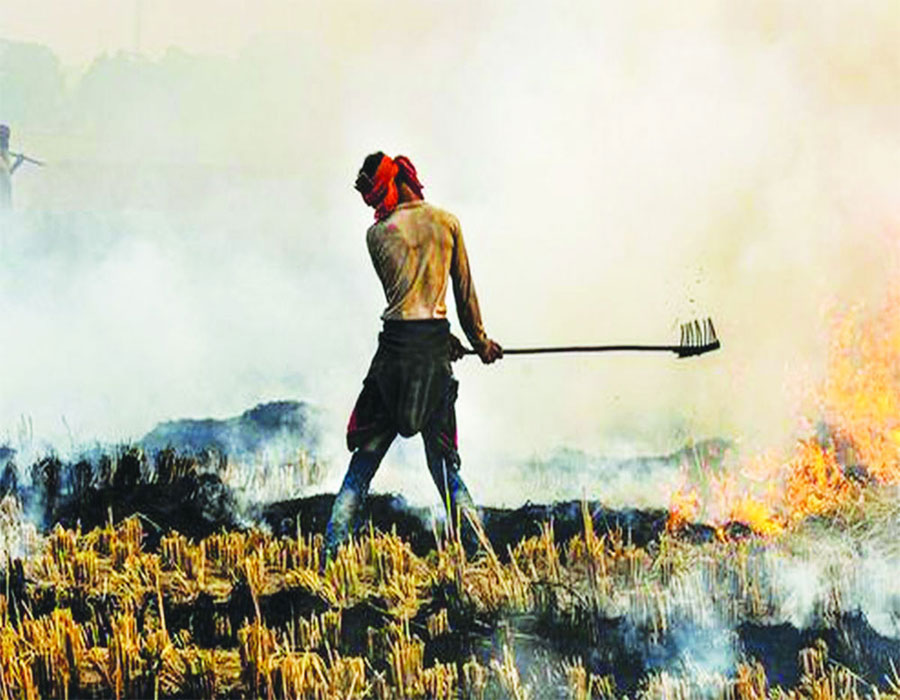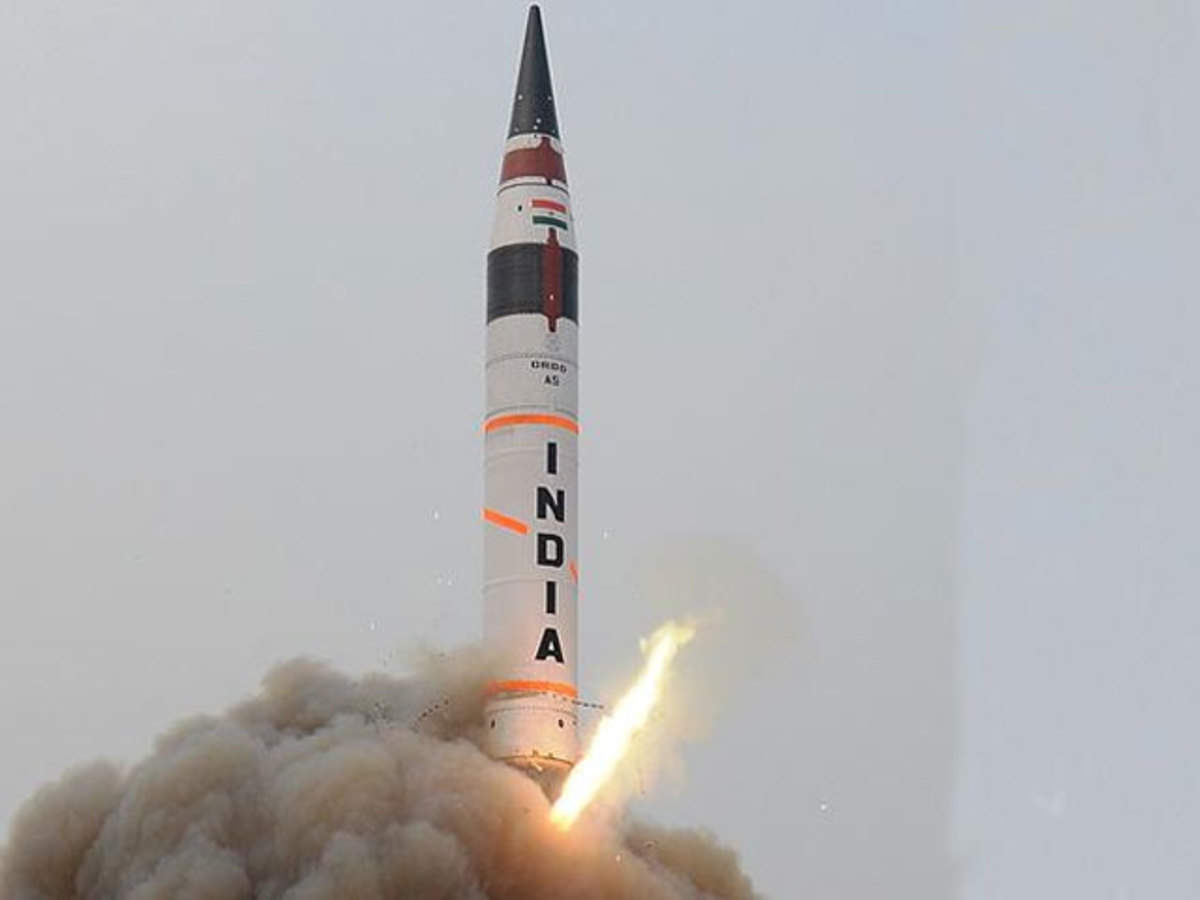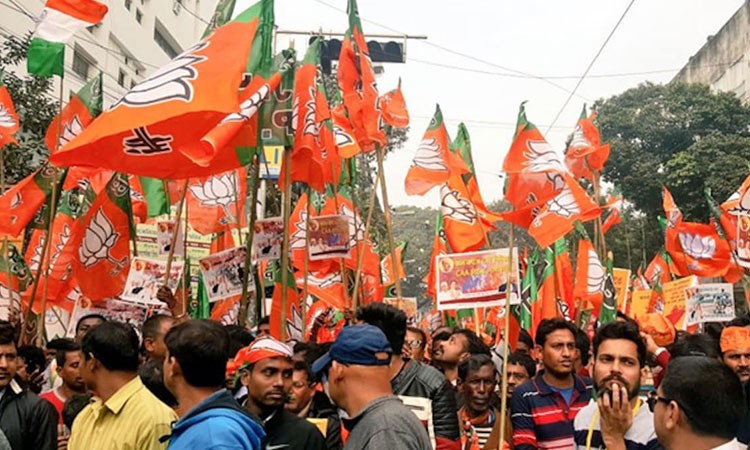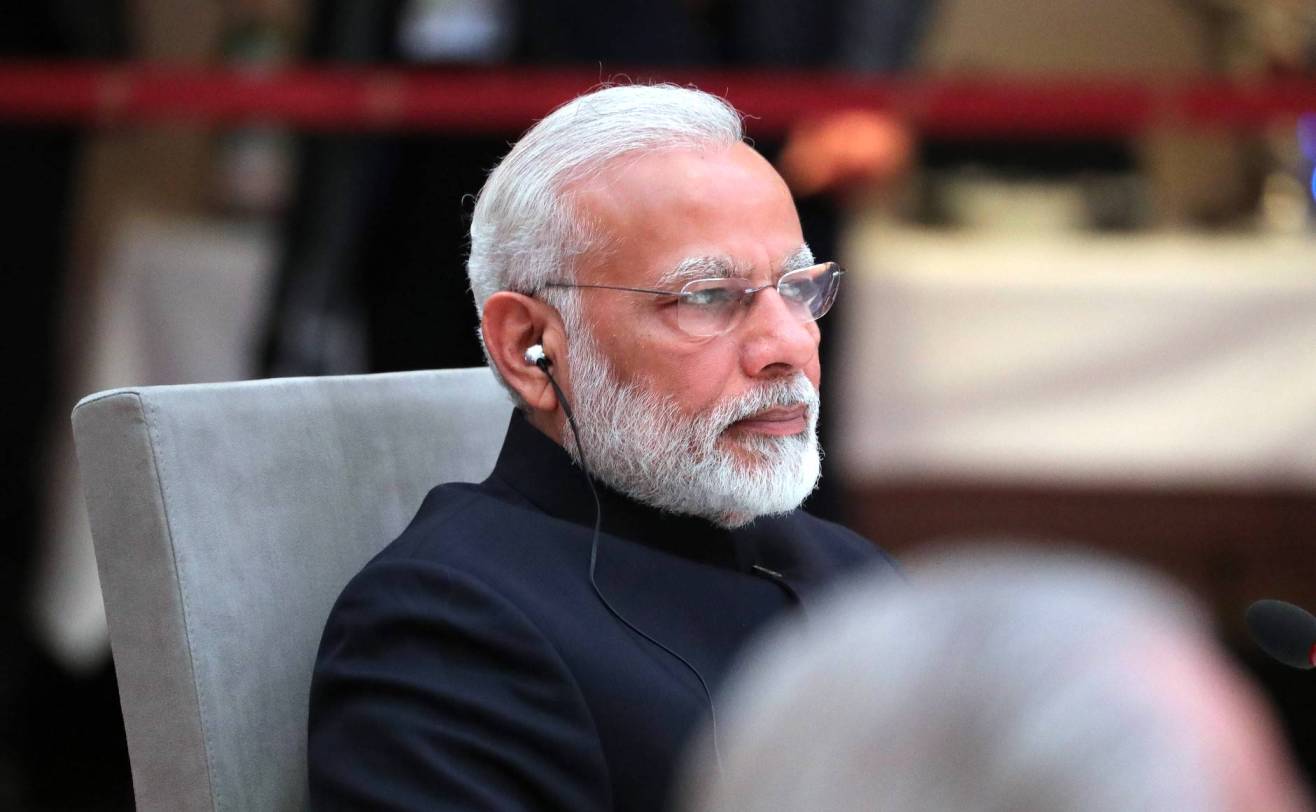Unless all stakeholders are strong-willed and opt for a united response, cracking down on farmers won’t help
Even as Delhiites continue to suffer from a thick smog, Punjab farmers continue to burn their rice crop residue. This despite the Punjab Government banning stubble burning, appointing 8,000 nodal officers to douse the blaze and deploying over 70,000 extra machines for residue management. In fact, stubble burning cases have been the highest this year in Punjab as compared to the previous three years. So, why do the farmers seem indifferent? The fact is they are in a fix. Already overburdened, the present problem of a short gap between harvesting and sowing two different crops was thrust upon them by well-meaning environmentalists crying hoarse over the need for water conservation. So, now they have to remove the paddy straw instead of letting it lie and decompose. If they wish to remove stubble manually, they will need at least Rs 6,000-7,000 per acre. This is economically unviable for small and marginal farmers. Even if an equipment like the happy seeder is given to them to cut the stubble and sow wheat seeds simultaneously at a subsidised rate by the State Government, the additional per acre cost of rent and diesel needed to run these machines means this option is also uneconomical. Then there is the issue of low germination of wheat seeds sown with happy seeders, something our farmers cannot afford.
But a solution has to be found which is viable for everyone. A united and shared approach may yet solve matters as envisaged in the just declared commission on air management provided there is political will. State Governments of Punjab, Haryana and Uttar Pradesh could buy the rice straw from the farmers and then sell it to biomass factories, power plants, paper mills and cardboard factories. Then there is the paddy straw chopper-cum-spreader which can be operated by a tractor with 45-50 HP or more. It will not only chop the straw and spread it in the field, thus maintaining the fertility of the soil, but ease sowing of the next crop too. Plus, the accelerated straw decomposition process or Pusa capsule developed by the Indian Agricultural Research Institute is something that can be looked at as it costs less than Rs 1,000 per acre and is good for increasing nutrients in the soil. Converting stubble into biochar is another option. All stakeholders have to come together in mission mode. Simply coming down on the growers will not help.








 OpinionExpress.In
OpinionExpress.In















Comments (0)